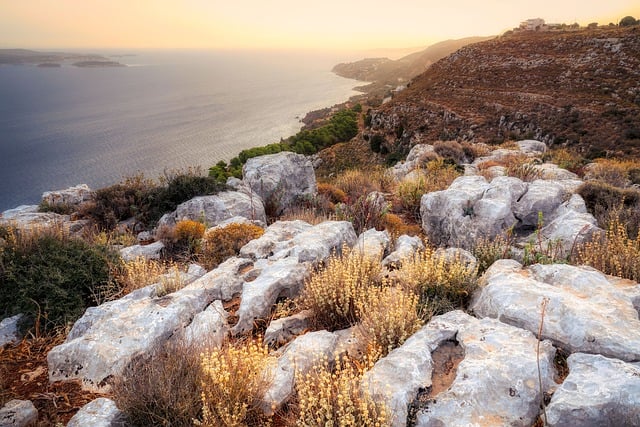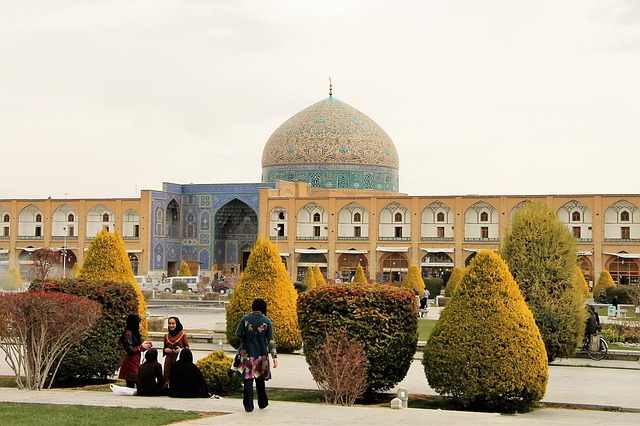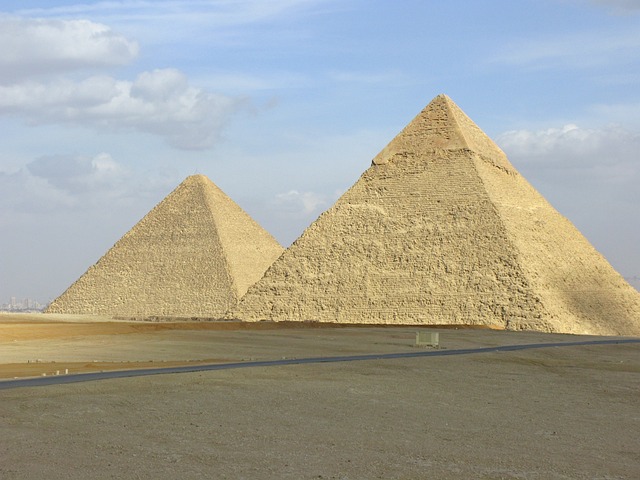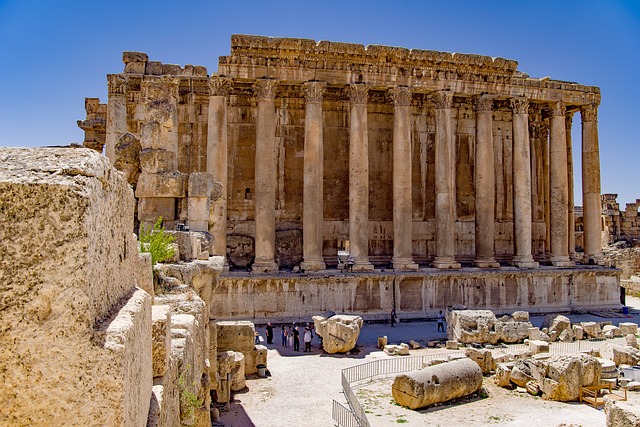Crete, the largest and most populous of the Greek islands, is often regarded as a cornerstone of Western civilization, loaded with rich history, stunning landscapes, and a unique culture that captivates any traveler. From its ancient ruins and charming villages to its breathtaking beaches and delectable cuisine, Crete offers an unforgettable experience for tourists. This blog post serves as a comprehensive guide for those looking to explore the wonders of Crete, providing insights into its rich history, attractions, local traditions, and essential tips for visitors.
The Essence of Crete: A Brief Historical Overview
Crete’s history is as intricate as its landscape. The island boasts a civilization that flourished during the Bronze Age, known as the Minoans. The Minoan culture, often credited with being one of the first advanced civilizations in Europe, gave rise to remarkable archaeological sites like Knossos. This ancient palace is believed to be the labyrinthine home of King Minos and the mythical Minotaur.
As you traverse the timeline of Crete, you will find the influences of various conquerors, including the Romans, Byzantines, Venetians, and Ottomans. Each of these civilizations left an indelible mark on the island, contributing to its rich, multifaceted heritage. Museums such as the Archaeological Museum of Heraklion house countless artifacts, giving tourists a glimpse into the island’s vibrant past.

When to Visit Crete
Crete has a Mediterranean climate, making it a year-round destination, but the best time to visit is during the shoulder seasons of spring (April to June) and autumn (September to October). During these months, the weather is pleasantly warm, crowds are lighter, and accommodation prices might be more affordable than in the peak summer months (July to August).
The winter months can also be a unique experience, especially for those interested in experiencing local life devoid of touristy crowds, but do note that many tourist facilities may be closed during this off-peak season.
Must-See Attractions in Crete
Crete is brimming with breathtaking sites and attractions. Here are some of the must-sees when visiting:
1. The Palace of Knossos
No visit to Crete would be complete without exploring the Palace of Knossos, the largest Bronze Age archaeological site on the island. It is believed to have been the ceremonial and political center of Minoan civilization. The site showcases intricate frescoes, impressive architectural styles, and an elaborate drainage system that speaks to the advanced nature of Minoan culture.
2. Samaria Gorge
For nature lovers and adventure seekers, the Samaria Gorge is a breathtaking natural wonder. The gorge stretches 16 kilometers and is located within the Samaria National Park, offering dramatic scenery along its rugged landscape. Hikers can enjoy a day trek through the gorge, concluding at the Libyan Sea. Be sure to wear comfortable shoes and carry enough water, as the trek can be demanding.
3. Elafonissi Beach
With its pink sands and crystalline waters, Elafonissi Beach is often heralded as one of the most beautiful beaches in the world. Located on the southwestern coast of Crete, it’s an idyllic spot for sunbathing, swimming, and relaxation. Nearby, the Elafonissi lagoon is shallow and provides a safe swimming area for families and children.
4. Chania Old Town and Venetian Harbour
The charming town of Chania features a blend of Venetian, Turkish, and Greek architecture, with its picturesque harbor being a focal point. Explore the narrow alleys lined with shops, cafes, and historic buildings. The lively market of Chania offers local produce and artisanal goods, making it an excellent place for souvenir shopping.
5. Rethymnon’s Old Town
Rethymnon offers a delightful mix of history and modernity, with its well-preserved Renaissance architecture and ancient ruins. The Venetian Fortress of Fortezza overlooks the town and provides an insight into the island’s historical significance. The old town’s winding streets are adorned with vibrant colors, and you can find charming tavernas serving delectable local cuisine.
6. Spinalonga Island
A short boat ride from the village of Elounda takes you to the island of Spinalonga, known for its Venetian fortress and historical significance as a leper colony until the 1950s. The island is an intriguing place to explore, with its haunting ruins and stunning views of the surrounding sea.
Savoring Cretan Cuisine
Crete is known for its fresh, flavorful, and healthy cuisine, often labeled as the Mediterranean diet at its best. Meals are typically centered around local ingredients like olive oil, fresh vegetables, seafood, and lean meats. Here are some local dishes you must try:
- Cretan Salad: Made with fresh tomatoes, cucumbers, olives, and local cheese (often Mizithra), drizzled with extra virgin olive oil.
- Moussaka: A layered dish featuring eggplant, minced meat, and béchamel sauce, delivering a savory experience.
- Dakos: A traditional Cretan appetizer similar to bruschetta, made with dried bread, tomatoes, feta cheese, and herbs.
- Chochlioi Boubouristi: Fried snails, often seasoned with local herbs—perfect for the adventurous eater.
- Raki or Tsikoudia: A strong local spirit, often served after meals as a digestif.
Dining Tips
When dining in Crete, consider opting for a local taverna rather than a touristy restaurant to experience authentic Cretan hospitality. Meals are often served family-style, so don’t hesitate to share dishes with fellow diners. Embrace the tradition of leisurely dining, soaking in the atmosphere and enjoying the warmth of Greek hospitality.
Transport and Getting Around Crete
Crete has several transportation options to help you explore the island:
- Rent a Car: This is one of the best ways to explore Crete comprehensively, offering the freedom to visit remote villages, hidden beaches, and archaeological sites at your own pace.
- Public Transport: Buses connect major towns and cities, but schedules may be less frequent in rural areas.
- Biking: Many towns offer bike rentals, making it a fun and eco-friendly way to discover the landscape.
- Walking: Many of Crete’s towns are pedestrian-friendly, allowing you to meander through historic centers and enjoy the local vibe.

Essential Travel Tips
- Language: While English is widely spoken, especially in tourist areas, learning a few basic Greek phrases can enhance your experience and show respect for the culture.
- Currency: The currency used in Crete is the Euro (€). ATMs are widely available in towns and cities.
- Dress Code: When visiting religious sites, be mindful of dress codes. For churches and monasteries, ensure shoulders and knees are covered.
- Stay Hydrated and Sun Protected: The sun can be intense, especially in summer. Carry water and wear sunscreen while out exploring.
- Respect Local Customs: Familiarize yourself with local customs and etiquette to engage with the locals respectfully.
Conclusion
Crete, with its enchanting blend of history, culture, and stunning natural beauty, offers a little something for every traveler. Whether you’re hiking through gorges, lounging on sun-soaked beaches, or savoring the flavors of its cuisine, Crete leaves an indelible mark on the soul. Take the time to immerse yourself in the culture, explore its storied past, and enjoy the hospitality that the Cretans are known for. As you plan your trip, remember that the island’s magic lies not only in its attractions but also in the experiences that await you around every corner. Crete is, indeed, a journey worth taking.






Crete truly sounds like a magical place, steeped in history and natural beauty. The Minoan civilization and the legend of the Minotaur are fascinating—it’s incredible how much of Europe’s early history is tied to this island. I’d love to know more about how the Venetian and Ottoman influences shaped Crete’s culture and architecture. The idea of visiting during the shoulder seasons is appealing, but I wonder if there are specific local festivals or events that are worth planning a trip around. The food must be amazing—what’s a must-try dish for a first-time visitor? Also, how accessible are the archaeological sites for someone who isn’t a history buff but still wants to appreciate their significance? I’m curious, do locals have any favorite hidden gems or lesser-known spots that tourists often miss?